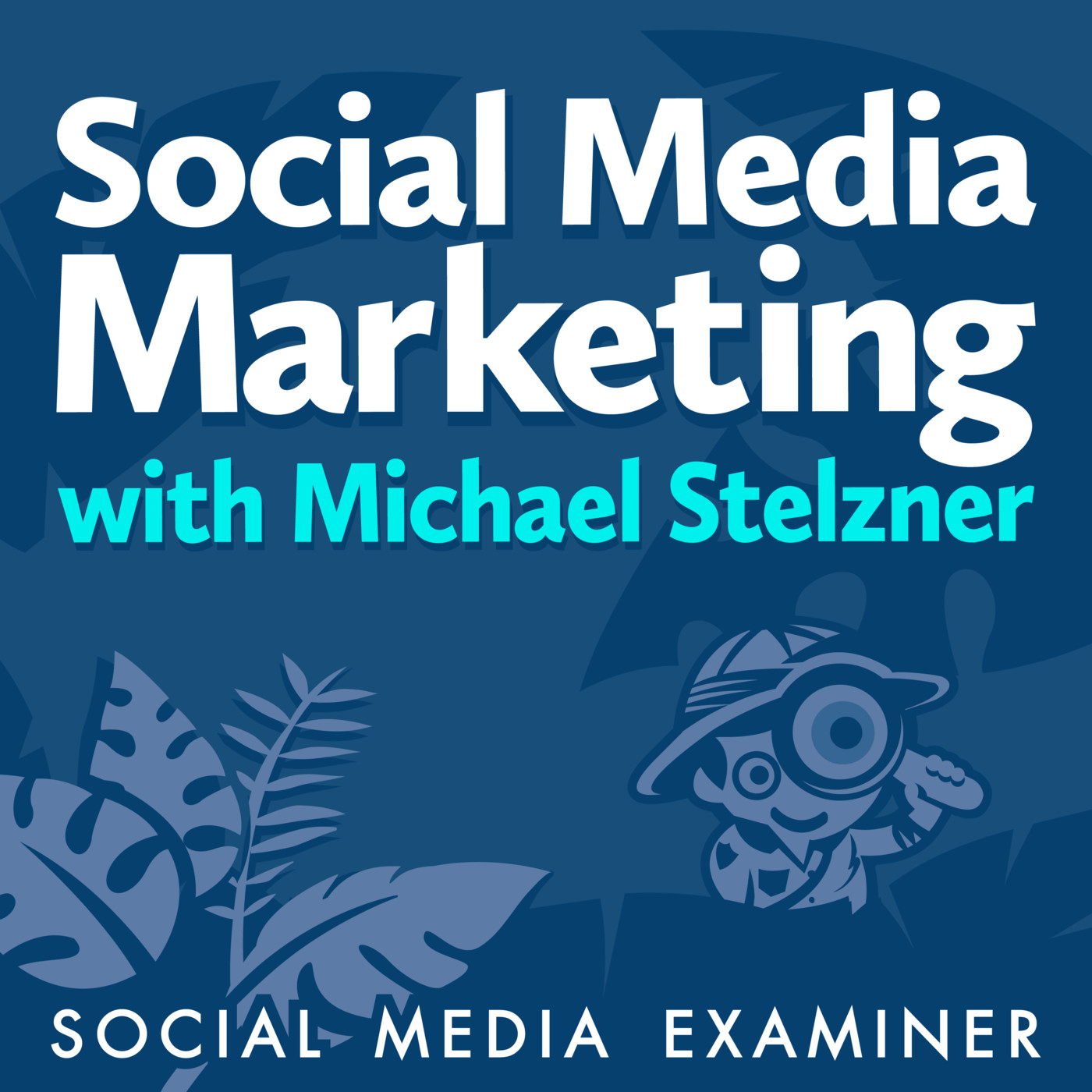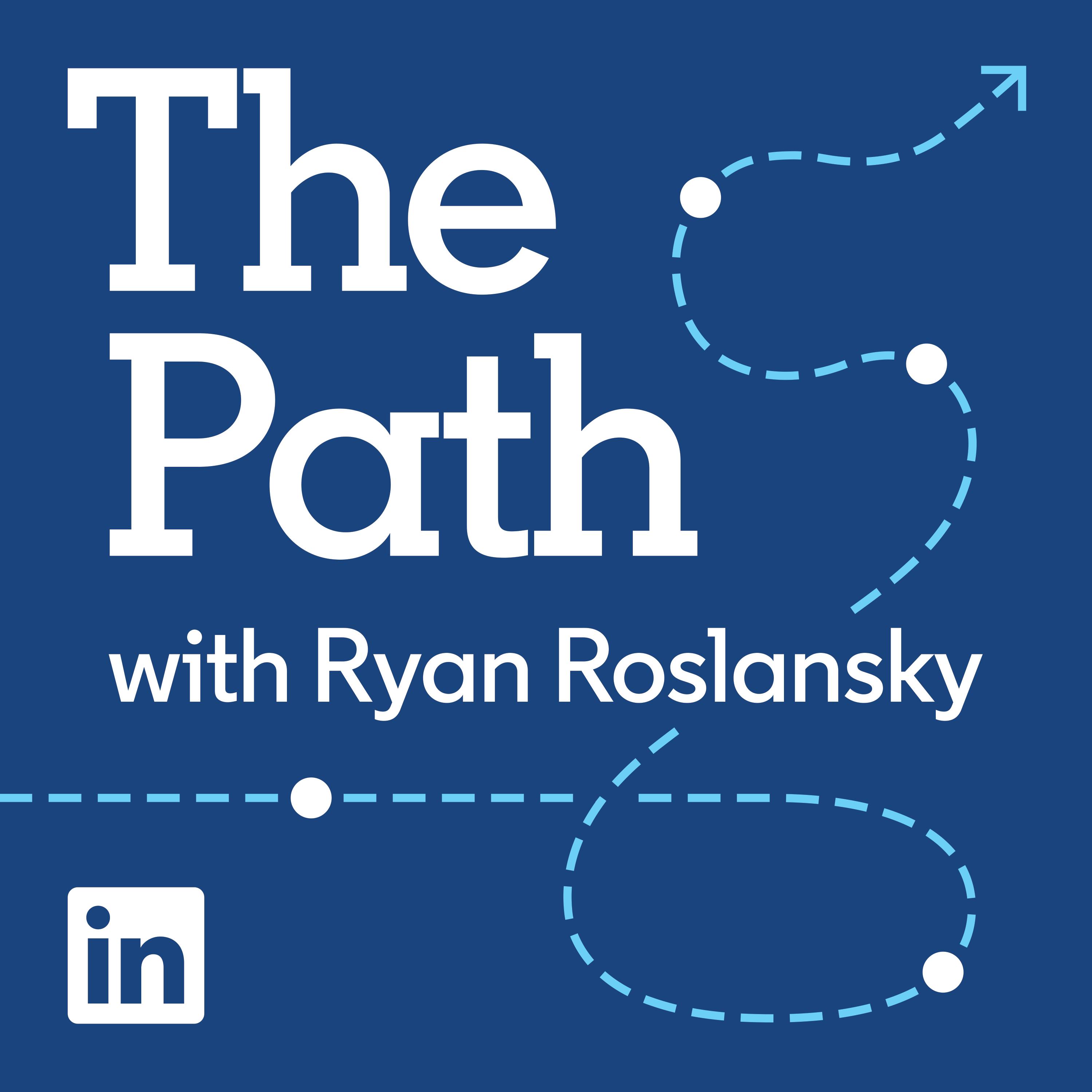
Author's Edge: Smart strategies for book marketing, publishing, and visibility that actually work
The Author’s Edge is the go-to podcast for authors ready to learn to turn their ideas into bestselling books, build platforms that reflect their authority, and grow lasting visibility.
Hosted by nonfiction book coach and marketing strategist Allison Lane, this show gives you clear, honest insight into what actually works in publishing and platform growth.
Each week, you’ll get practical guidance and straight talk from the people who move the needle including Daniel Murray of The Marketing Millennials, bestselling author and TEDx speaker Ashley Stahl, literary agent Sam Hiyate, national TV host Dr. Partha Nandi, marketing strategist Rich Brooks, behavioral expert Nancy Harhut, and bestselling author Tracy Otsuka.
Get clear, no-fluff insight on what actually works - whether you’re writing your first book, pitching agents, launching your platform, or growing long-term influence. this podcast will show you how to do it right.
If you’re ready to be known for what you know, The Author’s Edge will give you the tools to grow your visibility, attract opportunity, and lead with authority.
Your book is the smartest marketing move you’ll ever make.
Listen, learn, and lead with The Author’s Edge - your go-to marketing podcast for publishing.
Author's Edge: Smart strategies for book marketing, publishing, and visibility that actually work
The Right Way to Offer Free Content on Your Website | Ep. 45
Should you give away free content on your website, or should readers enter their email to access it? Many authors struggle with this decision. Allison Lane explains why collecting emails isn’t just about growing a list—it’s about delivering value in a way that builds trust and engagement.
You’ll learn the best way to offer free resources so that readers actually use them, stay connected with you, and take the next step toward buying your book or working with you.
What You’ll Learn:
✅ The biggest myth about free content (and why it’s misleading)
✅ How to design an opt-in page that converts without overwhelming readers
✅ Why delivering freebies by email increases engagement and trust
Resources Mentioned:
- Your Bio Package Guide: https://www.lanelit.com/package
- Free Author Branding Checklist: https://www.lanelit.com/checklist2
- Have a question? Email Allison at allison@lanelit.com
Timestamps:
- [00:01:09] What does it mean to require an email for free content?
- [00:03:13] Why readers engage more when content is emailed instead of instantly available
- [00:06:25] The best way to create a sign-up page that encourages downloads
Enjoyed this episode? Take a moment to rate, review, and share the Author’s Edge podcast with fellow authors. Your support helps us bring more actionable strategies to help you succeed. Got a question for our next Q&A? Click the "Send Me a Text" link at the top of the show notes.
Tune in now to discover the best strategy for your author platform. https://www.youtube.com/watch?v=ezgZ6EoW_R0
Rate, Review, & Follow The Author’s Edge
“So incredibly helpful!” >>> If that sounds like you, I’d be so grateful if you’d rate and review the show! Your support helps more authors build their brands, reach their audiences, and launch their books successfully.
Here’s how:
- Click here, scroll to the bottom, and tap to rate with five stars.
- Select “Write a Review” and tell me what you loved most about the episode!
And don’t forget to follow the podcast if you haven’t already. I’m sharing bonus episodes packed with insider tips, and I’d hate for you to miss out. Hit that follow button now.
LinkedIn @allisonlanelit
Facebook @allisonlanelit
🔔 Subscribe for more tips and insights on writing and publishing!
👍 Like, comment, and share this video if you found it helpful!
Gated means that instead of offering information that is all over your website that's easy for everyone to see. Should you require an email so that you can send people the information? Hey there, and welcome back to this episode of Thursday Q& A, where I tackle your top questions. The questions that are pressing on you because you're ready to take action. I'm going to give you some clear steps. Today's question is a good one. Should I put all the resources I provide on my website behind a gated section or just a few? And if not, what should I do with the rest? Here's my answer. This is such a good question. Thank you so much for setting it in. But before I answer yes or no, or maybe. Let me define what gated means. Gated means that instead of offering information that is all over your website that's easy for everyone to see. Should you require an email so that you can send people the information? And one way to think of that is gated. Another way to think of that is considerate. Okay. So, gate, is it gated? Yes. If you're going to put together resources that someone else is going to find useful, you are providing a free resource. You are a lovely person. Congratulations to you and to me for knowing you. Here's why gated is a leading moniker. It's because it makes it sound like you are keeping information from people who should have access. That's not true because you are not a media company, you are not a news provider. And even so if you're the New York Times, they'll give you a couple of free resources, a couple of free articles, I think five. And then you have to pay for your subscription, right? All you're doing is offering a free resource. And in doing that, you're doing someone a solid, you're helping them. The considerate part of providing a resource that you will send to someone's email is that they don't want that resource right then and there. They really, really don't. They want one or two pieces of information, which you can put on your blog. Which is a just a web page that's just text. But also, yes, your resources should be gated. You should have an opt in page that explains what the benefit of that resource is for people. If they're trying to streamline their trip to the grocery store, which God bless me. I need to, cause I could get lost in there. And plus, nobody talks to you and it's all quiet and I hate grocery shopping. But also you want people to receive the resource that you know they want in the place where they want to receive it, which is in their email. If you provide the information just willy nilly on your website, they're not going to cut and paste the information into a text to themselves. You think you're providing, Oh, I'm just going to provide it and it's free and it's on my website. That's not how people want the information. They want a resource that they can use, a checklist that they can print out. And likely they are looking at your website on their phone. So, when you're asking them to download something right then and there, that's not how they want it. A lot of people assume that visitors want immediate access, but it's actually a terrible user experience. Most people don't want to download files directly to their phone, and considering that 70 percent of your website visits are on people's phones. That's a problem. Here's the best approach. Create a simple page on your website and we call it an opt in page. Only ask for someone's first name and their email address. You don't need their last name. You don't need their phone number. No extra fields. Keep it simple. You could even opt to only ask for their email address. But I like first name because we're on a first name basis, and it's friendly. And they're the ones who knocked on your website door. So, assume that they want to be friendly. Once they submit their details and ask for your Email is already set up to automatically deliver the resource straight to their inbox, which is great. Which means that you don't have to be there to respond to them at 2. 30 AM because they're in Dubai and you're in LA and so on. Once they have it saved, now you've built a connection. Gravy. Then, you use a thank you page after they opt in. So, as soon as they hit submit, your website is set up to automatically. Then, show the thank you page that says,'hey, we've delivered this to your inbox.' If you wanted to, you could embed that resource there for immediate access. But again, that's not really how people want their information. They just want you to send it to their email. So I would not do that. Also you want to make sure that since they did opt in, they are looking where they're expecting to look. So, I really wouldn't. It's confusing. It's really confusing to folks when you say submit here and then the resource is available right in their face. They're like, no, but I wanted you to send it to my inbox. So, don't do that. This way, you're not just handing out freebies willy nilly. You're building relationships. And that's the whole point. To sum it up. Yes, provide resources, but provide them in a way that people actually want them. The marketing term is gated or on an opt in page. Really what you're saying is, give me your phone number and I'll call you, or give me your address and I'll send something to you. People don't want the resource you're providing right then and there, because they're busy and they're doing something else. Email delivery is key. Keep it simple. Always think about that person's experience. What are they doing at that time? They don't want all the information that you have right then and there. That is overwhelming. And you are not overwhelming. You are thoughtful and considerate and kind because you're sharing your wisdom. So, good on you. Now, if you have a question for next week's Q& A, send it in. In the show notes at the very top, click send me a text. And then, send me a text with your question. I am here for you, always. Until then, keep creating, keep sharing what you know. And remember, you are a big effing deal.










